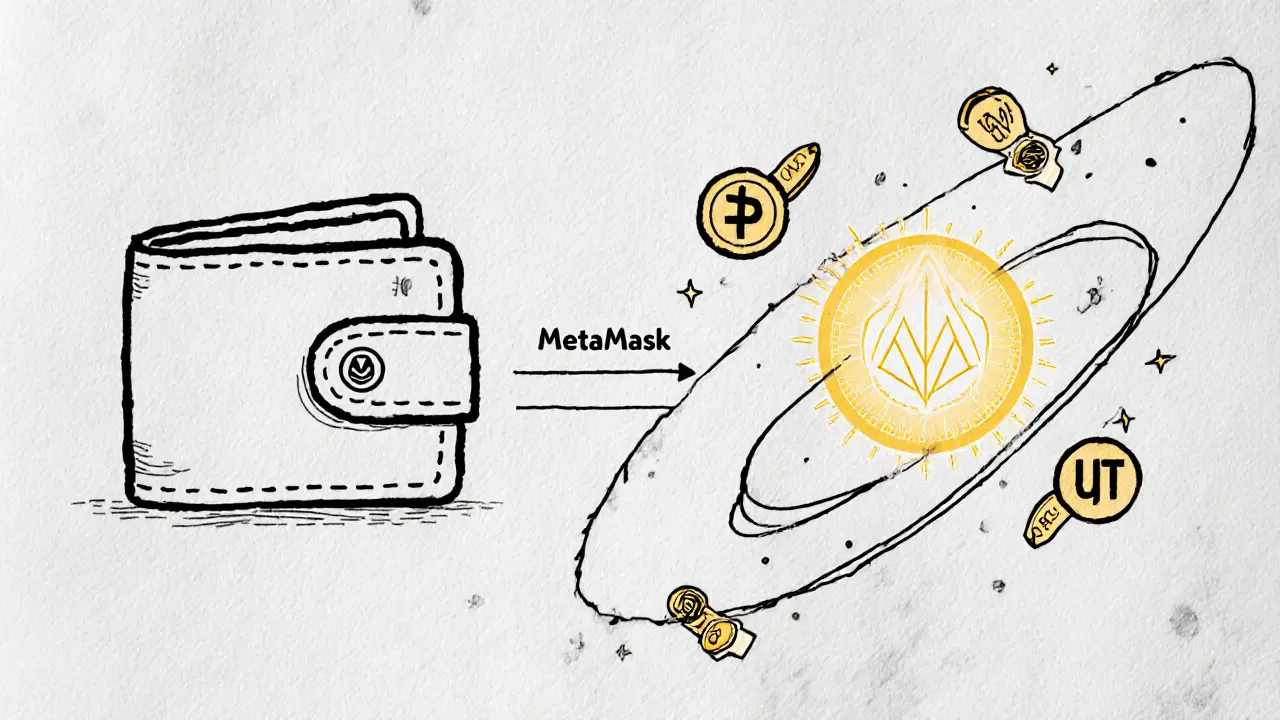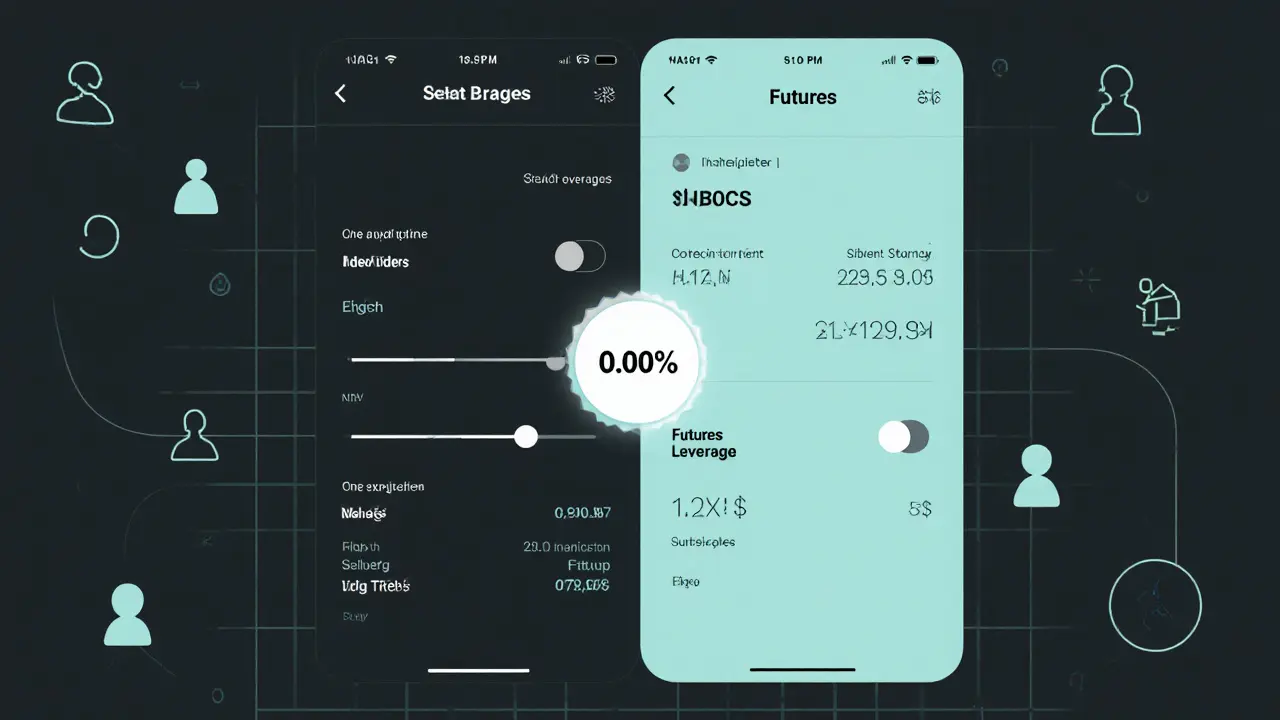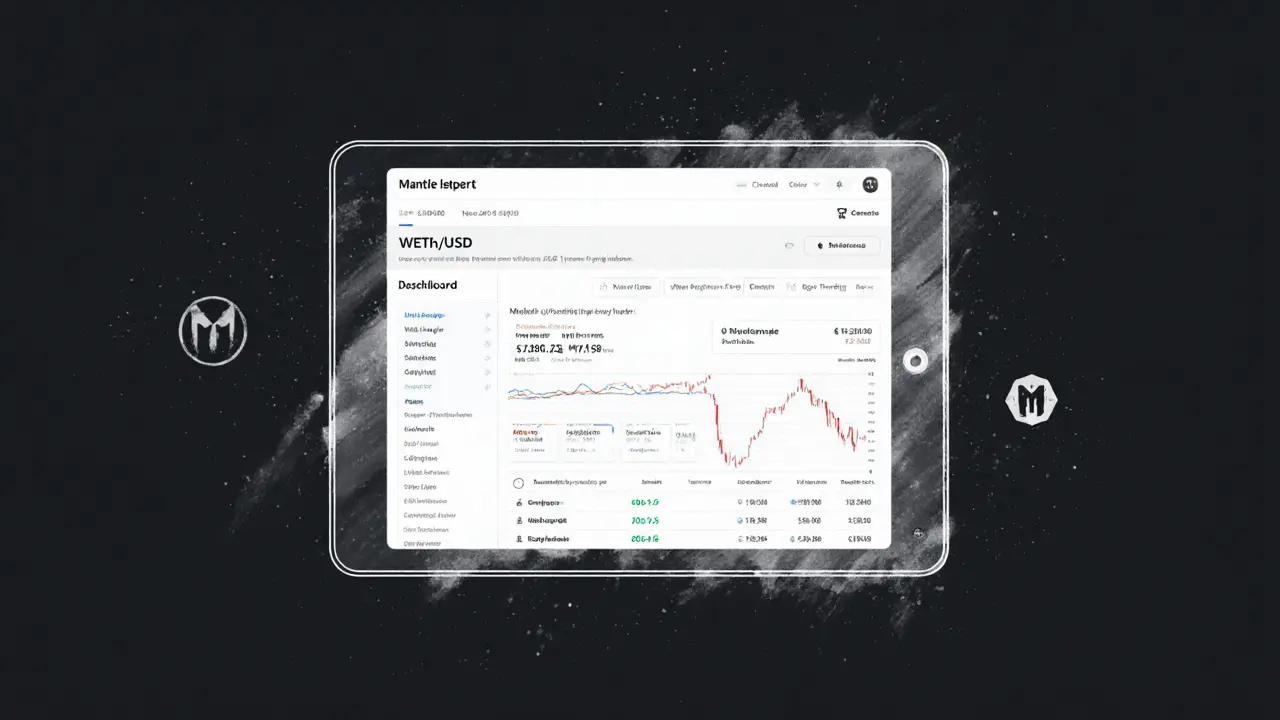Merchant Moe Fee Calculator
Calculate your monthly trading fee savings when using Merchant Moe versus Uniswap or PancakeSwap. Note: Merchant Moe supports only 9 Mantle ecosystem tokens (e.g., WETH, MNT, WMANTLE).
Estimated monthly fees:
$0.00
Note: This assumes you can trade your desired tokens on all platforms. Merchant Moe only supports 9 Mantle tokens - check availability before trading.
What Is Merchant Moe?
Merchant Moe is a decentralized cryptocurrency exchange built on the Mantle Network, launched in 2024 with a simple promise: trade crypto with zero fees. Unlike Binance or Coinbase, it doesn’t hold your money. You connect your wallet - like MetaMask - and trade directly through smart contracts. There’s no sign-up, no KYC, and no middleman. If you’re tired of paying 0.1% to 0.2% per trade on other platforms, Merchant Moe looks tempting. But there’s a catch.
Zero Fees? How Is That Even Possible?
Most decentralized exchanges charge 0.25% to 0.3% per trade. Uniswap does. PancakeSwap does. Merchant Moe charges 0.00% for both makers and takers. That’s not a promo. That’s the default.
How? It’s built on the Mantle Network, a Layer-2 blockchain that slashes Ethereum gas fees by 90%+. Because the underlying network is so cheap to operate, Merchant Moe doesn’t need to add trading fees on top. The savings get passed straight to users. For active traders, that adds up fast. If you trade $10,000 a month, you’d save $20-$30 compared to Uniswap. For high-frequency traders, it’s hundreds a year.
What Coins Can You Trade?
Don’t expect a massive selection. As of October 2025, Merchant Moe supports only 9 coins and 16 trading pairs. The biggest pair is WETH/USDT, which sees the most volume. Other tokens include WMANTLE, USDT, USDC, and a few native Mantle ecosystem tokens like MNT and MOE.
Compare that to Uniswap, which lists over 1,500 tokens, or PancakeSwap with 800+. Merchant Moe isn’t trying to be everything. It’s focused on the Mantle ecosystem. If you’re trading tokens native to Mantle, this is one of the only places you can do it with zero fees. But if you want to trade Solana, Polygon, or lesser-known altcoins, you’ll need another exchange.

Trading Features: Spot, Futures, and More
Despite its small size, Merchant Moe packs in features most small DEXs don’t offer:
- Spot trading - Buy and sell tokens instantly
- Futures trading - Trade with up to 10x leverage (on the decentralized side)
- Margin trading - Borrow funds to increase your position
- Launchpad - Get early access to new Mantle-based tokens
- Fiat gateway - Buy MOE tokens with credit card via Atomic Wallet (min $50)
- OTC desk - For large trades without slippage
- Desktop and mobile apps - Not just a web interface
This is unusual for a DEX with under 5,000 monthly visits. Most small exchanges stick to basic spot trading. Merchant Moe is trying to compete with centralized platforms, not just other DEXs.
How Does It Compare to Other Exchanges?
| Feature | Merchant Moe | Uniswap | PancakeSwap |
|---|---|---|---|
| Network | Mantle (Ethereum L2) | Ethereum | Binance Smart Chain |
| Trading Fees | 0.00% | 0.30% | 0.25% |
| Tokens Supported | 9 | 1,500+ | 800+ |
| Liquidity | Low (Mantle-only) | Very High | High |
| Futures Trading | Yes | No | Yes |
| Fiat On-Ramp | Yes (via Atomic Wallet) | No | No |
| Monthly Traffic | 4,000-4,500 | 15M+ | 8M+ |
Merchant Moe wins on fees and niche features. It loses hard on liquidity and token variety. If you’re trading WETH or MNT, it’s the best option. If you’re trading anything else, you’re better off elsewhere.
Is It Safe?
Merchant Moe runs on smart contracts - which means it’s as safe as the code behind it. There’s no central server to hack. But here’s the problem: it’s not regulated. FxVerify explicitly states: “This company does not appear to be regulated by any government authority at this time.”
No audits from CertiK or Quantstamp are publicly listed. No insurance fund like Coinbase’s. No recovery options if you send funds to the wrong address. You’re entirely responsible. That’s normal for DEXes, but most established ones have been battle-tested for years. Merchant Moe is less than a year old.
Also, the MOE token (its native token) has a limited supply. Some analysts say this could help avoid inflation. But without real usage or demand, it’s just a number on a screen. Don’t assume scarcity equals value.

Who Is This For?
Merchant Moe isn’t for everyone. It’s for a very specific group:
- You trade mostly on the Mantle Network
- You’re tired of paying trading fees
- You’re comfortable with crypto wallets and smart contracts
- You don’t need 500+ trading pairs
- You’re okay with low liquidity and minimal support
If you’re a beginner, or you want to trade Bitcoin or Ethereum directly with fiat, this isn’t the place. Use Coinbase or Kraken instead. If you’re a DeFi power user who wants to trade MNT, WMANTLE, and WETH with zero fees - then Merchant Moe might be your new favorite tool.
Where’s the Community?
Here’s the quiet truth: almost no one is talking about Merchant Moe.
There are no Reddit threads. No Twitter trends. No YouTube tutorials. FxVerify and Cashbackforex list traffic numbers, but there are zero user reviews on Trustpilot, Reddit, or crypto forums. Atomic Wallet users praise the app’s ability to buy MOE - but that’s not the same as using Merchant Moe’s platform.
Low traffic = low liquidity = bigger price swings. That’s a risk. If you want to sell $5,000 of MNT, you might not find buyers. The platform is still in its early days. It’s a gamble.
The Bottom Line
Merchant Moe is a bold experiment. Zero fees on a decentralized exchange? Yes. But it’s like opening a coffee shop in the middle of nowhere - great coffee, but no one’s around to buy it.
If the Mantle Network grows - and it has strong backing from Chainlink and The Graph - then Merchant Moe could become the go-to DEX for that ecosystem. But right now, it’s a niche player with a big promise and little proof.
Try it if you’re already in the Mantle ecosystem. Use it for small trades. Don’t deposit your life savings. Keep an eye on its traffic numbers. If monthly visits jump from 4,000 to 400,000, then it’s worth paying attention. Until then, treat it like a side project - not a main exchange.
Is Merchant Moe a scam?
No, Merchant Moe is not a scam. It’s a real decentralized exchange built on the Mantle Network. Smart contracts handle trades, and funds stay in your wallet. But it’s unregulated, has no public audits, and has minimal user activity. That doesn’t mean it’s safe - just that it’s not a fraudulent operation. Treat it like any high-risk DeFi project: only use what you can afford to lose.
Can I buy MOE with a credit card?
Yes, but not directly on Merchant Moe. You can buy MOE tokens using a credit card through Atomic Wallet, which integrates with Merchant Moe’s liquidity. The daily limit is $20,000, with a minimum purchase of $50. This is the easiest way for beginners to get started.
Does Merchant Moe have a mobile app?
Yes. Merchant Moe offers both iOS and Android apps. You can download them from the official website. The apps let you connect your wallet, trade spot and futures, and track your portfolio. They’re not as polished as Binance’s app, but they work.
What’s the difference between Merchant Moe and Uniswap?
Merchant Moe charges zero fees and runs on Mantle (an Ethereum Layer-2), while Uniswap charges 0.3% and runs on Ethereum mainnet. Uniswap supports over 1,500 tokens and has billions in daily volume. Merchant Moe supports only 9 tokens and has low liquidity. Uniswap is the giant. Merchant Moe is the quiet specialist.
Is Merchant Moe better than Binance?
No - not for most people. Binance offers 1,000+ coins, fiat on-ramps, customer support, insurance, and millions of users. Merchant Moe offers zero fees and decentralization, but only 9 coins and no safety net. Use Binance for convenience and security. Use Merchant Moe only if you’re deep in the Mantle ecosystem and want to cut trading costs.
What happens if the Mantle Network fails?
If the Mantle Network loses adoption or suffers a major security flaw, Merchant Moe would likely become unusable. All its liquidity, tokens, and trading pairs are tied to Mantle. There’s no cross-chain support yet. That’s its biggest risk. If Mantle grows, Merchant Moe could thrive. If it stalls, the exchange will fade into obscurity.

